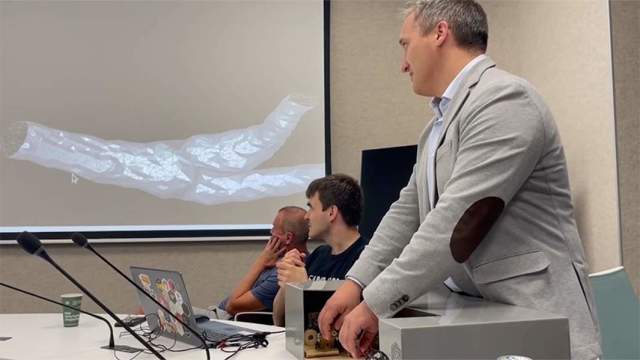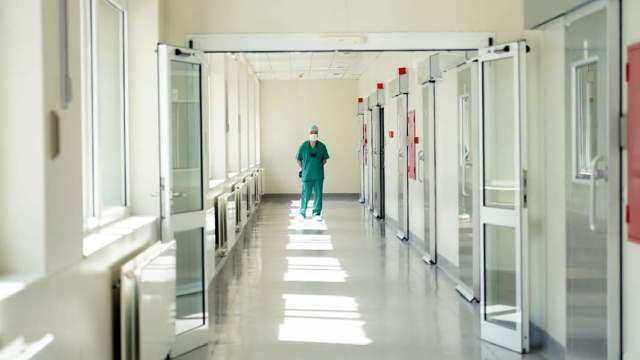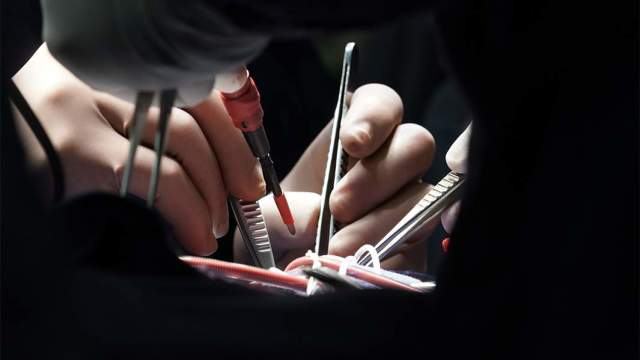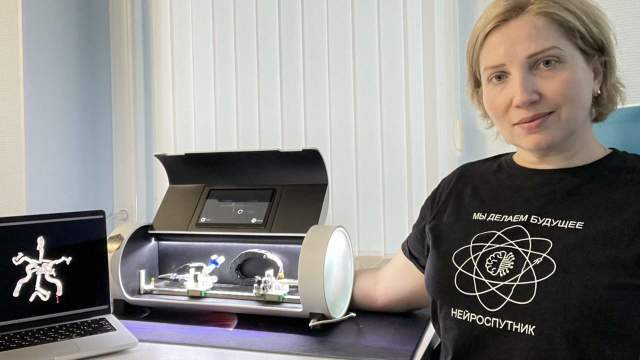The new technology will help doctors to prevent brain and heart damage during operations
Russian developers have equipped the control system of the robot surgeon with the technology of transmitting tactile sensations. Thanks to it, the doctor will be able to feel the resistance and vibrations that the instrument experiences during contact with the patient's tissues. The invention was created specifically for the robotic telemedicine system "Lefty", designed for remote operations on the brain and heart. According to doctors, while working in the operating room, tactility is no less important than vision, so the introduction of technology will increase the accuracy and quality of surgical interventions.
Telepresence
Specialists of the company "Neuro-satellite" for the first time in Russia have developed a system of copying movements to control a robot surgeon with tactile feedback. Thanks to it, a doctor who remotely performs an operation using telemedicine equipment will be able to feel the resistance and vibrations that occur during the contact of the catheter with the patient's tissue, that is, the medic will feel the same as if he were holding the instrument in his own hand. The resistance level is measured using sensors installed at the end of the operating device. Then it is reproduced on manipulators controlled by a doctor. The development is being carried out for the Lefty ecosystem — a complex of devices and software for training and operating on the vessels of the brain and heart.
— "Lefty" accurately simulates tactile feedback to provide a kinesthetic sensation when there is mechanical resistance in the brain vessel or the catheter rests against the wall. Moreover, the surgeon receives information about the strength and direction of mechanical resistance visually — in the form of a diode scale and on the screen in the form of augmented reality," said Alexandra Bernadotte, Director General of Neuro—Satellite, Associate Professor of the Department of Engineering Cybernetics at NUST MISIS.

The "Lefty" ecosystem
Image Source: Photo: YouTube.com/нейроспутник
The system is designed for performing remote endovascular operations in neurosurgery, when access to organs is carried out not through trepanation, but through a small puncture in the groin area. A microcatheter is inserted into it, which moves inside the vessel, further into the brain or heart and eliminates the problem. Due to this, it is possible to minimize the traumatic nature of surgical intervention and, as a result, reduce the duration of rehabilitation.
When using tele-surgery during the operation, the doctor remotely, being in a separate room, with the help of special controllers sets the device in motion. The operating unit copies the surgeon's movements: the digitized signal from his hands is converted into commands guiding the catheter and other instruments. X-ray equipment and optical sensors help to monitor their position. The visualization module shows an image of the vessels of the patient's brain online, helping the surgeon to monitor the course of the operation, the creators of the technology said.
— Our device is being developed with the active use of artificial intelligence before and during surgery, simulates the patient's vessels in 3D format, corrects finger tremors, identifies critical situations. Most robotic devices do not use isomorphic tactile feedback and do not adapt the device for the convenience of surgeons. Therefore, the system we are developing is unique, more convenient for doctors and safer for patients," emphasized Alexandra Bernadotte.
In the future, to accelerate the perception of information by the device in critical situations, the developers plan to equip the robot with a control system using mental commands. Thanks to it, he will be able to respond 300 times faster to the orders of a medic than when controlled through controllers.

Photo: IZVESTIA/Kristina Kormilitsyna
Image source: iz.ru
According to the creators, the introduction of "Lefty" into medical practice will give doctors many advantages. Firstly, the doctor will be able to perform the operation from anywhere in the world. Secondly, since he does not need to be in the operating room, he will be able to avoid the negative effects of X-rays. Thirdly, the system allows for 3D reconstruction of brain vessels with the characteristics of a particular patient, which makes it possible to think over the tactics of surgical intervention in advance, taking into account the individual factors of the patient. In addition, the system can be used as a simulator for training and improving the skills of a surgeon. The developers actively used the capabilities of AI, which can help the doctor during surgery, which reduces the likelihood of complications.
Feeling in reality
— During the operation, tactile sensitivity is the key point. It is fundamentally important, otherwise the doctor may damage something. Of course, you need to have a spatial picture, but it is impossible to operate without sensations. This is necessary for any instrument, including a catheter, since it costs nothing to tear a vessel," said Valery Stolyar, head of the Department of Informatics and Telemedicine at the RUDN Medical Institute.
In his opinion, feedback technology is very necessary for devices such as "Lefty", but it is difficult to say how competently it is made for neurosurgeons in this case without experience of its use.
Tactile feedback when controlling a robot surgeon will be very useful for a medic, because it will increase the accuracy of manipulations, says Alexander Zakharov, director of the Research Institute of Neuroscience at SamSMU.

Photo: IZVESTIA/Kristina Kormilitsyna
Image source: iz.ru
— In the skin of the hands, especially on the palms, there is a very large number of receptors. And the density of their location is the key point, so the doctor can do very precise things with his hands. By visual contact alone, when a medic does not feel what density of tissues he interacts with, it is quite difficult for him to orient himself, since the video does not convey the physical characteristics that the tissue possesses. Tactile sensations are a good help in order to improve the quality of surgical intervention and avoid possible risks," Alexander Zakharov explained.
According to the expert, the technology will also expand the functionality of medical robots. Now they cannot interact with objects of different stiffness, since they do not have sensors that record the compression force. It is impossible, for example, to take some fragile object. And if there are devices that will replace the touch component, it will give new opportunities.
However, the main prospect of the invention is that it can be implemented in bionic prostheses for people with amputation of the upper or lower limbs to give the patient to feel contact with the object. This will improve his adaptation to his defect, the medic added.
Denis Gritsenko

